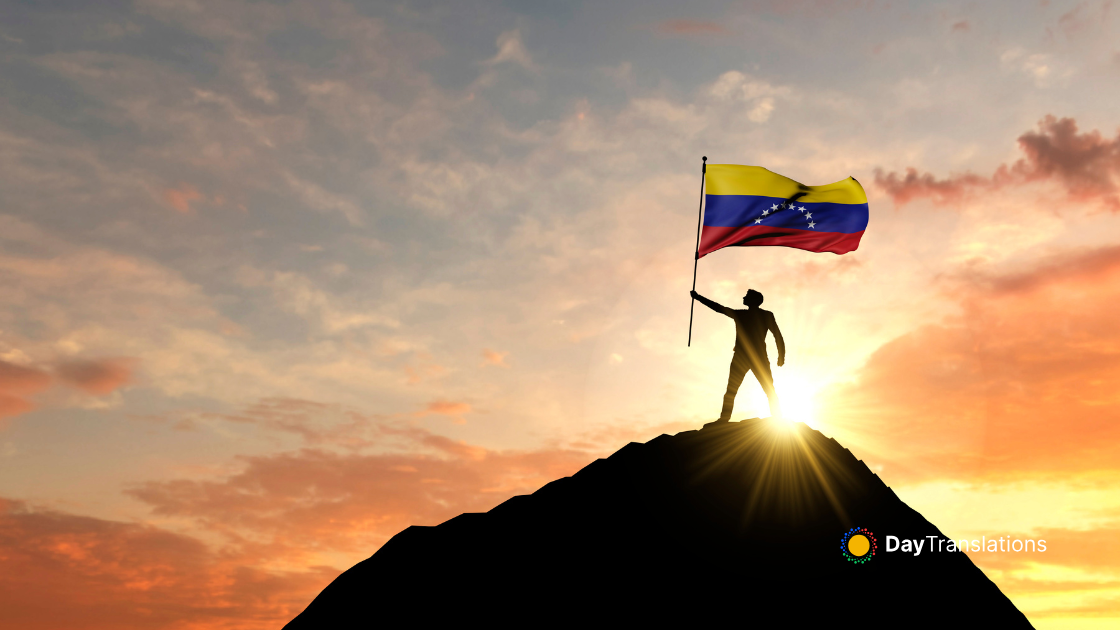Geography of Kuwait: Important Geographical Information about Kuwait
In this Country Profile
The State of Kuwait is roughly the size of New Jersey. Almost triangular in shape, its total land area measures about 17,818 square kilometers. It is located in the far northwestern section of the Persian Gulf or the Arabian Gulf. East to west, Kuwait measures about 170 kilometers while north to south it is about 200 kilometers.
Kuwait is one of the smallest countries in the world, but also one of the richest. It ranks second to Qatar in terms of GDP per capita. It is located 29° 30’ 0” north of the Equator and 45° 45’ 0” east of Greenwich.
Kuwait is bordered on the east by the Persian Gulf for 195 kilometers. It shares a long land border, measuring 250 kilometers with Saudi Arabia on its south and west sides. The northern and some western parts of Kuwait share a border with Iraq. Their shared border is 240 kilometers long.
The shared border with Saudi Arabia was formally set with the signing of the 1922 Treaty of Al Uqayr that defined the 5,700 square kilometer-neutral zone between the two nations. In 1966 the two countries agreed that the neutral zone is to be divided between them and each country will be responsible for the full administration of their portion, with a formal agreement signed at the end of 1969. However the offshore and onshore oil fields, the general resources of the area, in what is now called the divided zone are mutually and equally shared by Kuwait and Saudi Arabia.
The border Kuwait shares with Iraq has been tightly contested. However, after Iraq’s invasion of Kuwait and the subsequent liberation of Kuwait with the help of Allied troops led by the United States in 1991, the United Nations Security Resolution 687 once again formally demarcated the border between the two countries based on the agreements made in 1963, although Iraq still refuses to accept the border demarcation.
Kuwait includes nine gulf islands in its territory. The islands of Bubiyan, the largest of the islands and Warbah are uninhabited but are strategically located, that is why Iraq wanted these islands annexed to them. Bubiyan was converted into a military base by the Allied forces when Iraq invaded Kuwait. It is connected to the mainland by a concrete bridge that is 2,380 meters long. Faylakah, a densely populated island on the other hand is believed to be the site of the ancient civilization of Dilmun. Present-day Bahrain was the center of the Dilmun civilization. A Greek temple believed to be built by Alexander the Great can be found on the island of Faylakah. The rest of the other islands are uninhabited.
Kuwait Bay, a naturally deep harbor indenting the shoreline of Kuwait for about 40 kilometers naturally shelters the port of Kuwait. It is also about half the size of the total length of the shoreline of Kuwait.
Climate
Typical of most Arab States, Kuwait also has a desert climate, which is regularly dry and hot. Rainfall in Kuwait varies, ranging from 75 to 150 millimeters annually. There are times however when rainfall can be as low as 25 millimeters and go up as high as 325 millimeters. Average daily temperature ranges from 107.6 °F to about 114.9 °F, with 124.7 °F the highest recorded temperature so far. Kuwait has a very long summer, characterized by dust storms normally occurring in June and July. Around October, when the summer season is ending, some thunderstorms can occur. November is the start of the winter season and the temperature can drop to about 37.4 °F in the evening, while the temperature during the day is normally in the upper 68 °F range. The occurrence of frost is rare in Kuwait but there can be rain during spring, which starts in March.
Terrain
Physically, the terrain of Kuwait is generally low and flat, with the highest elevation only rising up to 306 meters. Most of the Arabian Desert covers the State of Kuwait. Underneath the sandy desert are limestone formations, the source of the oil deposits. Kuwait has some of the richest oil fields in the world. While part of the land is arable, the country lack ample supply of water for irrigation. Most of the oil deposits are located in the north and west of the country underneath the layers of gravel, sand, clay and silt on top of the limestone.
Water Source
In 1960 a freshwater aquifer was discovered in the western side of Ar Rawdatayn and this became the main source of fresh water supply in Kuwait. Although the water is not enough to supply the irrigation needs of the country, it became an important source to supplement the distilled water supply of Kuwait. Another aquifer that is being exploited is the one located at the Ash Shuaybah field found along the eastern and southern part of the capital city, Kuwait although the water here is brackish.
:: References ::
http://en.wikipedia.org/wiki/Kuwait
http://www.mongabay.com/history/kuwait/kuwait-kuwaitgeography_.html

Sorry, the comment form is closed at this time.